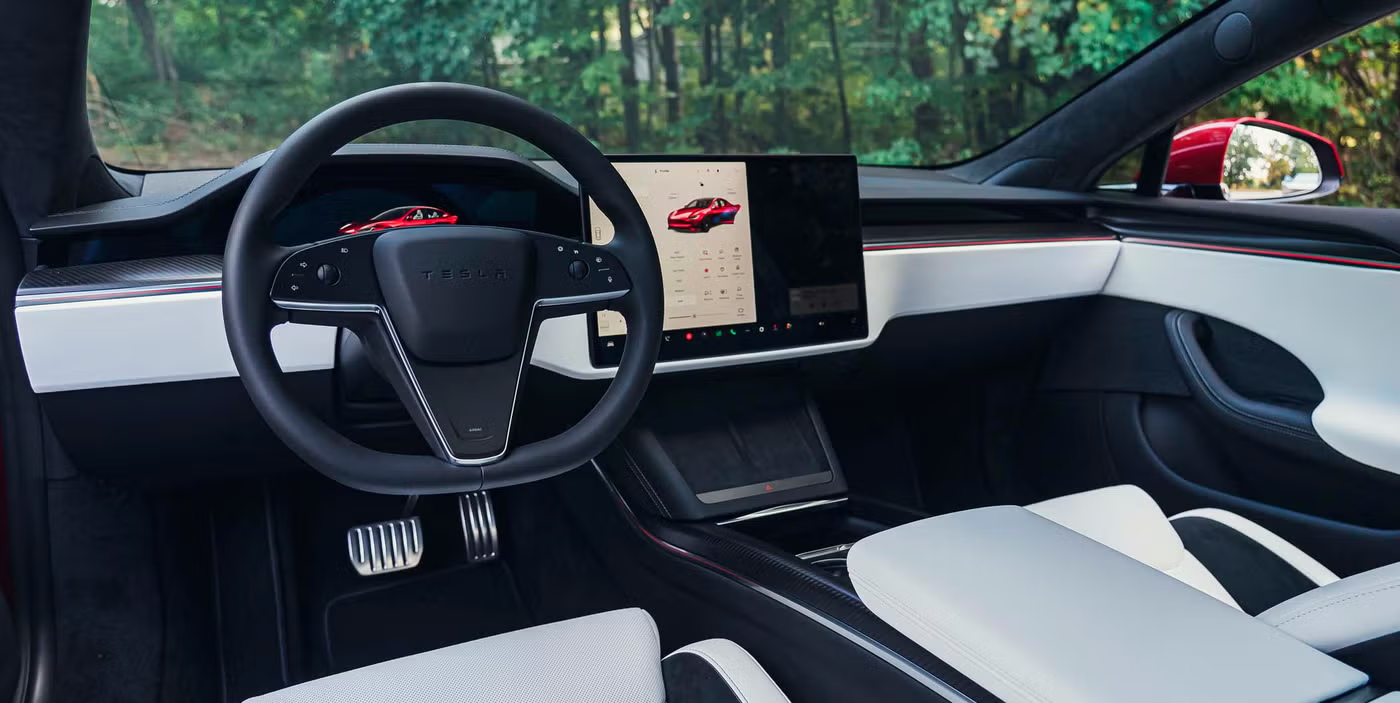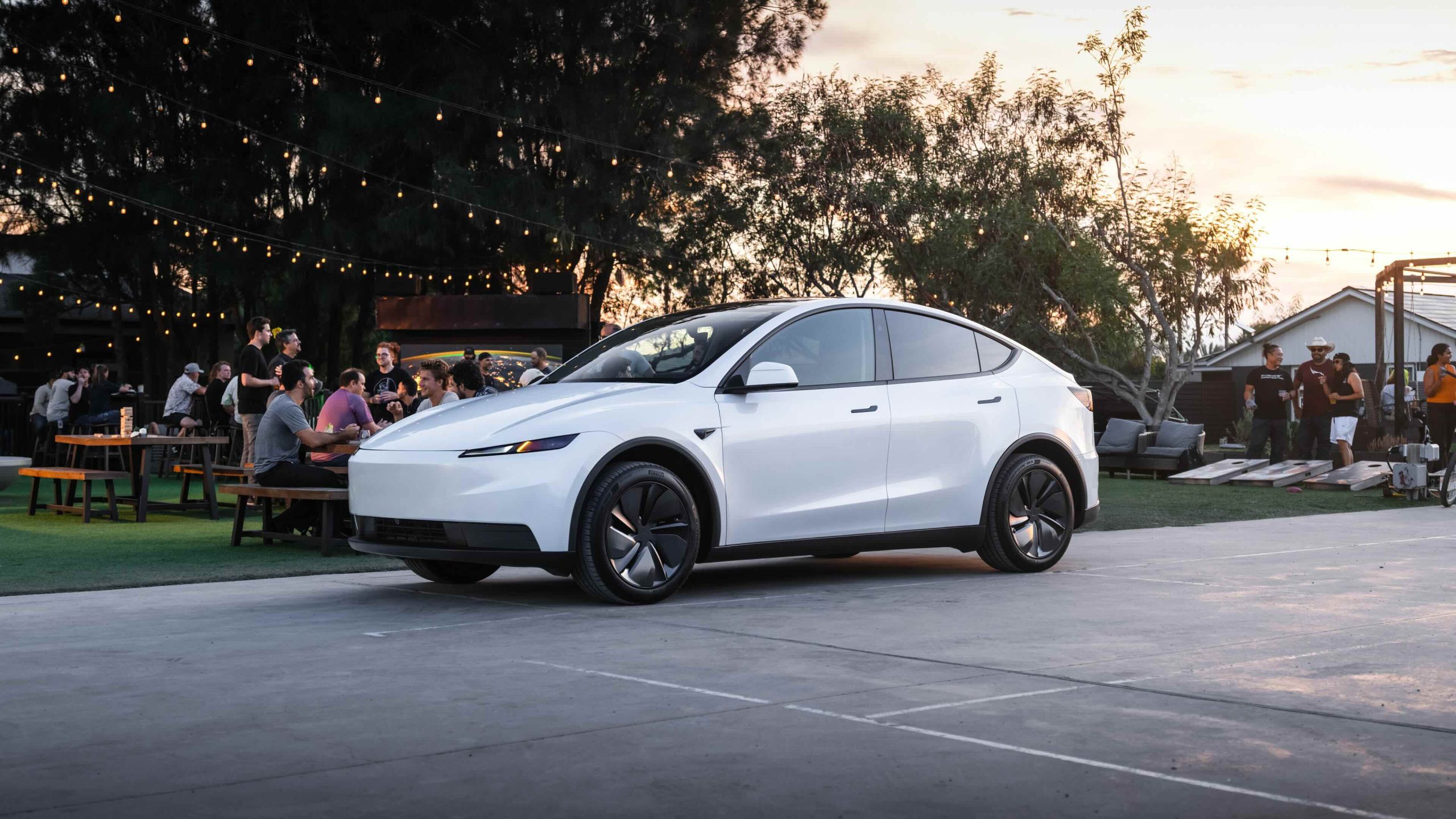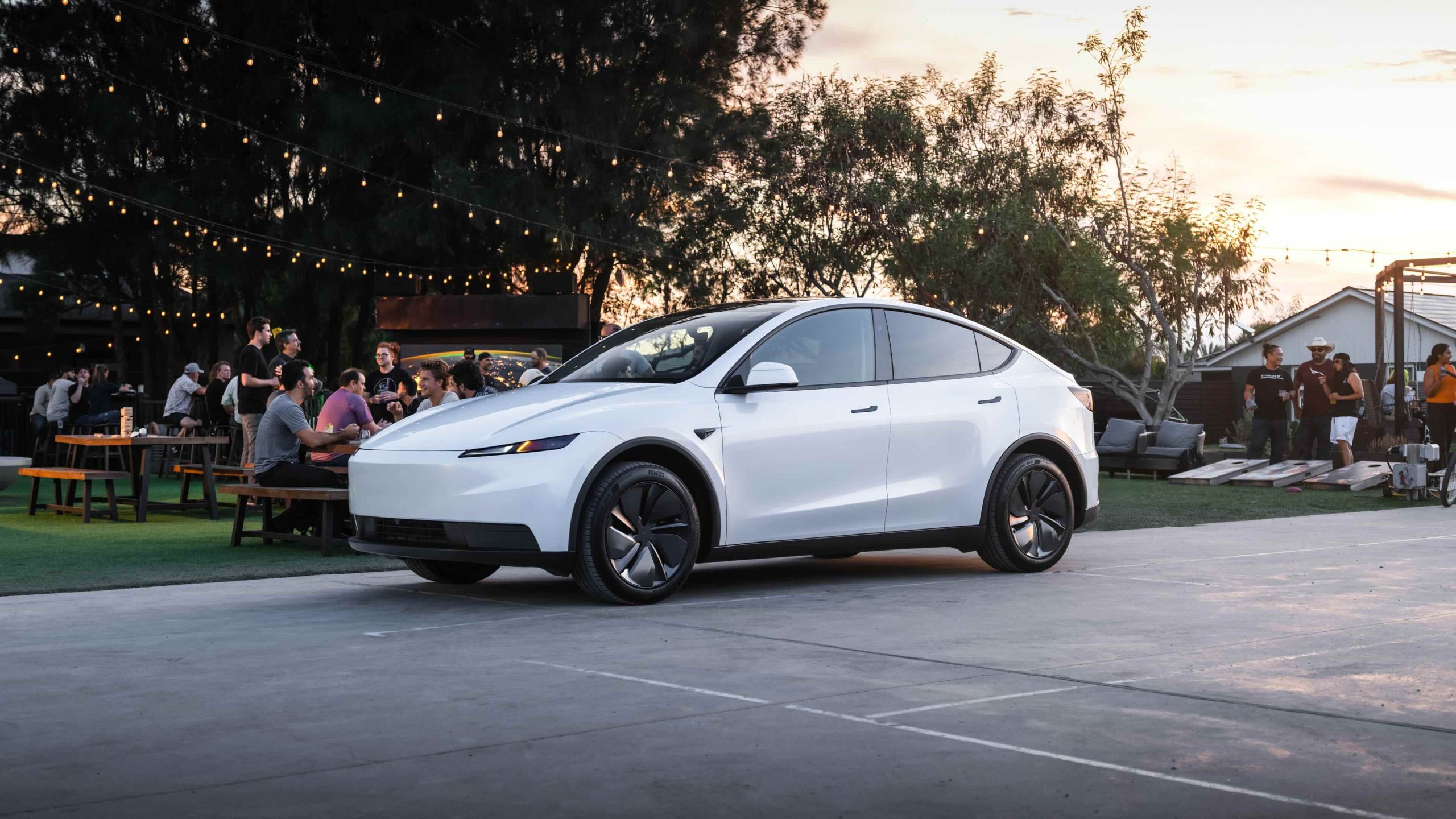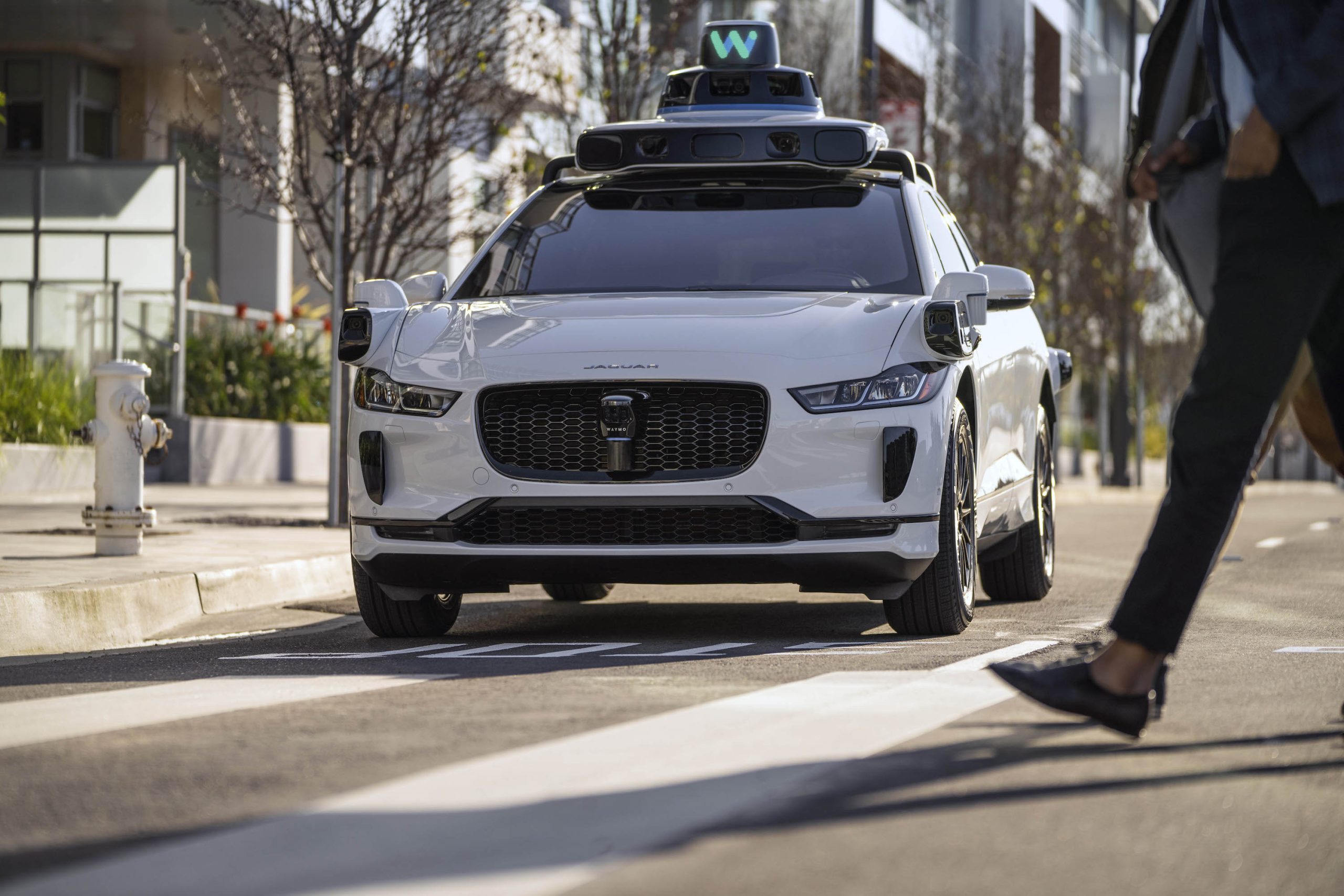Unveiling Sport Mode: The Driving Experience Transformed
Covers infotainment, ADAS and software updates. Daily: Hyundai Ioniq 5. Project car: NB Miata with a homebrew CarPlay retrofit.
Once considered a mere gimmick, the Sport mode in modern vehicles has evolved into a sophisticated feature that can dramatically alter your driving experience. With roots in the shift toward electric power steering and software-defined vehicles, Sport mode now offers more than just a marginal performance boost—it provides an entirely different driving personality at the push of a button.
The Evolution of Sport Mode
Sport mode has transitioned from a novelty feature to a critical component in enhancing vehicle performance. This evolution has been largely driven by advancements in automotive technology, particularly the move to electric power steering and electronically operated throttle controls. These innovations allow manufacturers to re-calibrate vehicles through software, providing a more dynamic driving experience without adding mechanical complexity. The result is a mode that not only heightens performance but also adapts to the driver's needs, creating a more engaging and responsive experience.
What Changes When You Engage Sport Mode?
Engaging Sport mode can feel like activating a vehicle's alter ego. Drivers can expect sharper accelerator responses, longer gear holds, and higher rpm shifts in automatic transmissions. Beyond acceleration tweaks, Sport mode often alters steering dynamics, providing firmer feedback and potentially adjusting rear-wheel steering for enhanced agility. Adaptive dampers and air springs may firm up to improve handling, while exhaust systems might adjust to deliver a more throaty sound. For all-wheel-drive vehicles, torque distribution could shift to favor the rear, delivering a sportier driving feel. These changes collectively transform how a vehicle performs, making it more suited for spirited driving.
Sport Mode in Hybrids and EVs
Electrified vehicles take the capabilities of Sport mode even further. With their highly software-driven systems, manufacturers can offer unique driving experiences across different modes. For instance, the Porsche Taycan requires Sport or Sport Plus mode to unleash its full power potential. Other vehicles, like the Hyundai Ioniq 5 N, include a boost button for maximum acceleration. Automakers have creatively branded these modes to emphasize their performance edge; the GMC Hummer EV features a 'Watts to Freedom' mode, while Ford's Mach-E GT boasts 'Unbridled Extend'. These modes not only enhance performance but also provide a unique marketing angle for manufacturers.
Impact on Fuel Efficiency
While Sport mode enhances performance, it generally comes at the cost of fuel efficiency. This trade-off is evident across all vehicle types, including hybrids and EVs. In hybrids, Sport mode often results in the engine running longer and more aggressively, reducing miles per gallon. Meanwhile, EVs might experience increased energy consumption due to enhanced accelerator response and additional motor usage. However, some features, like increased regenerative braking, might offset this energy loss slightly by improving control on winding roads.
When to Avoid Sport Mode
Despite its benefits, there are situations where Sport mode may not be ideal. On slippery surfaces, Sport mode might delay the intervention of stability systems, potentially compromising safety. Additionally, while frequent use of Sport mode typically doesn't affect vehicle warranties, it's wise to consult the owner's manual for specific guidance. Many vehicles default to a less aggressive setting upon startup due to fuel economy regulations, requiring drivers to manually select Sport mode for each journey. Understanding these nuances can help drivers make informed decisions about when to use Sport mode.
Looking Ahead: The Future of Driving Modes
The concept of driving modes is rapidly evolving beyond simple performance tweaks. Manufacturers are integrating immersive experiences into these modes, with features like custom instrument-cluster graphics, ambient lighting, and even unique sound profiles. Ford's Mustang Mach-E GT, for example, offers modes named Whisper, Engage, and Unbridled, each providing a distinct sensory experience. Other brands are exploring additional enhancements like aromatherapy and bespoke lighting. As these innovations continue, driving modes are poised to offer not just improved performance, but a holistic driving experience that aligns with the driver's mood and environment.
About Noah Stein
Covers infotainment, ADAS and software updates. Daily: Hyundai Ioniq 5. Project car: NB Miata with a homebrew CarPlay retrofit.



